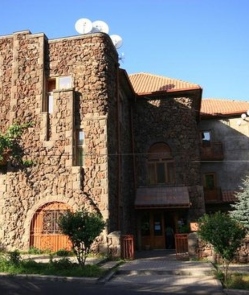- Duration
- 7 days / 6 nights
- Price Per Person
- From $4,200
Landlocked Armenia in Caucasia is a cultural and political lynchpin of Asia and Europe. With a history going back more than 4,000 years, Armenia is bordered by Turkey, Georgia, Azerbaijan and Iran. Found in the emerald hills of the Armenian Highlands, Armenia has been shaped in the crucible of a tumultuous past — both in ancient and recent history — and it has left a mark on the people and the nation itself. Following World War I and the Armenian genocide, world powers sought to divide up the Ottoman Empire and drew boundaries for the new Armenian republic, but only a few years later in 1922, the Red Army of the USSR would annex Armenia until 1991, when Armenia officially declared its statehood. The Armenia of today is a proud nation with a distinct language and a deep and abiding Christian history, and the nation’s geography and heritage have made it a growing destination for international travelers. Hiking and nature tourism attract people from around the world, as are a number of mountain resorts catering to high-end travelers. In addition to its status as a hotbed for crossroads cultural immersion, Armenia has a burgeoning extreme sports and adventure travel scene, including paragliding, spelunking, mountaineering, and helicopter tours through the mountains.
Explore in-depth information, experiences and highlights by navigating to specific regions using the links below.





With Remote Lands you'll travel with people who have made Asia the solitary focus of their own lifelong adventure. As our guest, you'll discover Asia on a journey that is completely, authentically your own, adapted from our own remarkable experiences and adventures over the years.
Asia’s diverse weather patterns and seasonal events means you’ll need an expert to help guide you.
Multi-Country Specialists
An Asia-focused magazine brought to you by Remote Lands - a platform for adventure, luxury, and authenticity from experts and explorers around the continent.